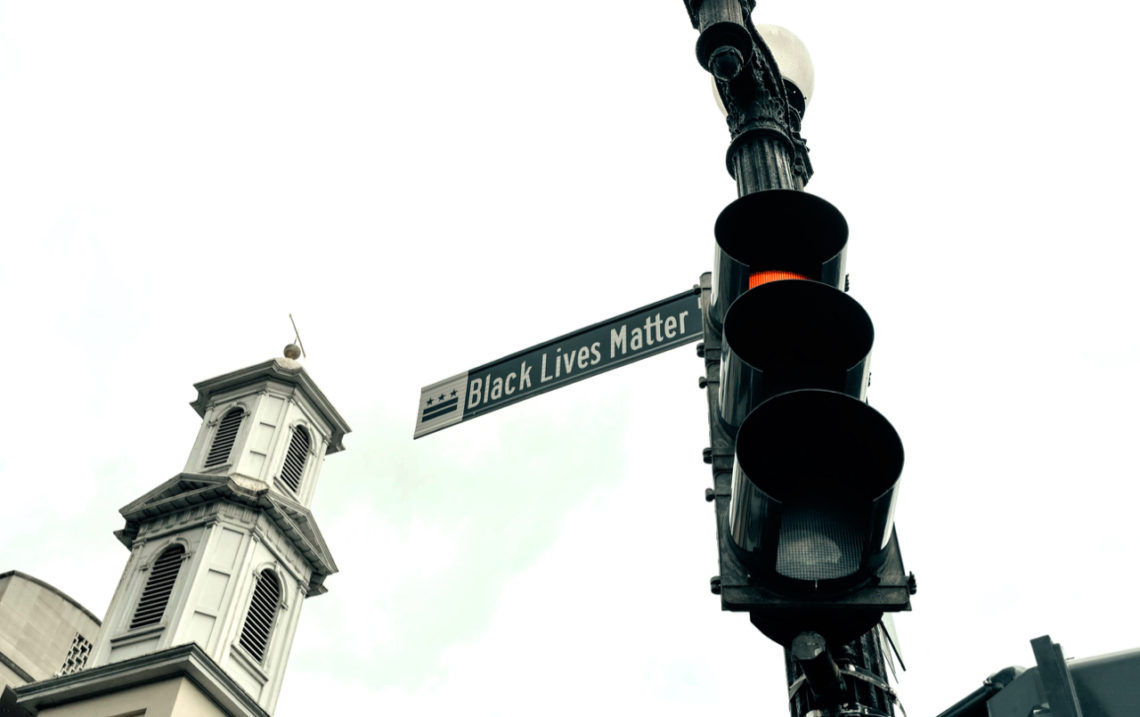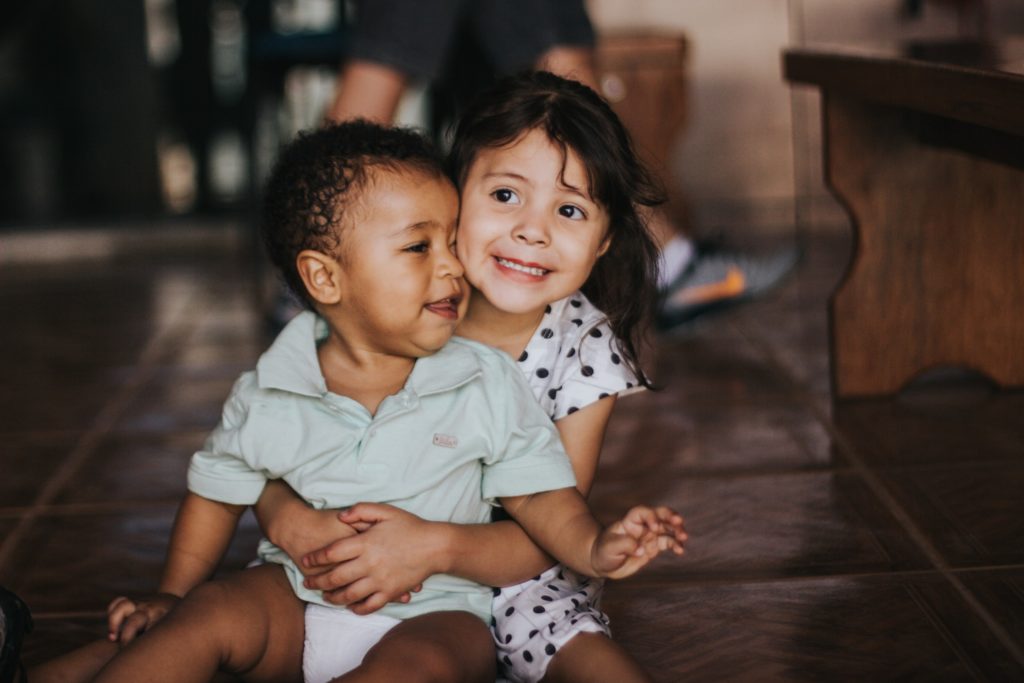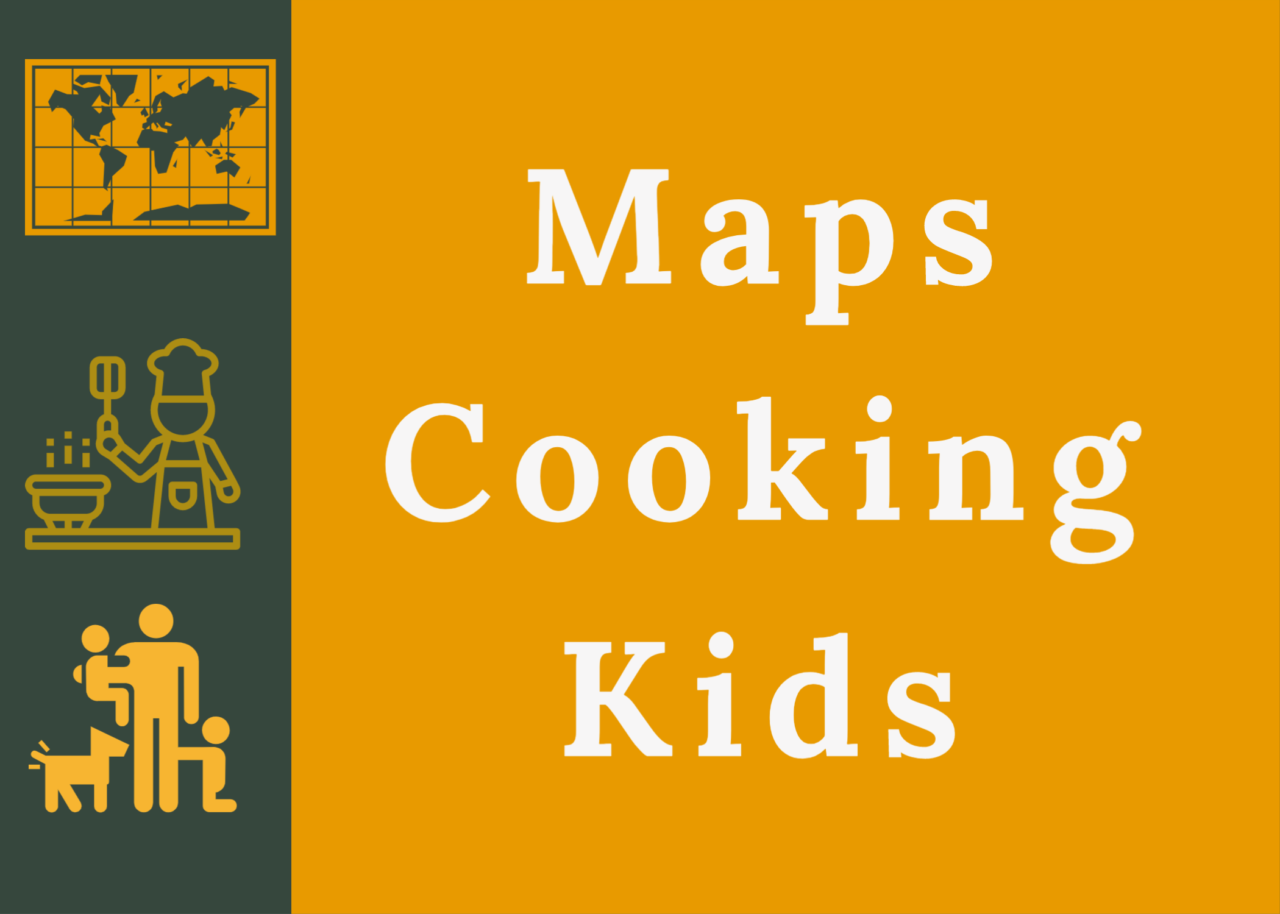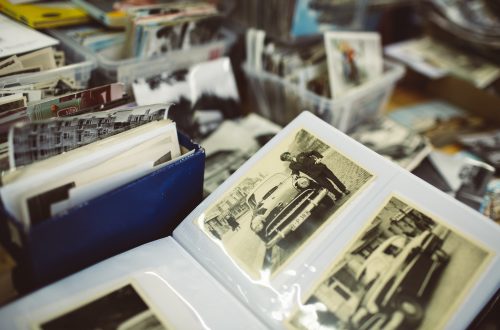
Ideas for Black History Month

As parents, it’s vital to teach our children about the many African American survivors, heroes, and leaders whose tireless hard work and dedication have created positive advancements and much needed changes in our communities. “Black History Month shouldn’t be treated as though it is somehow separate from our collective American history, or somehow just boiled down to a compilation of greatest hits from the March on Washington, or from some of our sports heroes,” said President Barack Obama in a 2016 speech. “It’s about the lived, shared experience of all African Americans, high and low, famous and obscure, and how those experiences have shaped and challenged and ultimately strengthened America.”
Books on Black History
For preschool ages, there are a variety of books that highlight the life and legacy of many black change-makers and leaders. Ray, father of two boys ages 2 and 5, enjoys the messages in Little Legends, Exceptional Men in Black History by Vashti Harrison. This book showcases “true life stories of African American aviators and artists, politicians and pop stars, athletes and activists.” Also, we recommend I am Martin Luther King Jr. by Brad Meltzer. It’s a New York Times bestselling picture book that inspires children to love other people and do what’s right by using peaceful protests and thoughtful words.
Another fantastic read for middle school aged children is the play, A Raisin in the Sun, by Lorraine Hansberry. It debuted as a Broadway play in 1959, making Hansberry the first African American woman to have a play produced on Broadway. It then went on to television, and next a movie. In this story, “Hansberry touches on the racial prejudices still prevalent even in northern cities in the years between Jackie Robinson integrating baseball and the passage of the Civil Rights Act,” adds www.goodreads.com. Allyson Schneider, mom of a middle school daughter adds, “Hansberry’s play was one of four literary choices in my daughter’s language arts class. She learned valuable lessons about race relations and tolerance to all people.”
Movies on Black History
A Raisin in the Sun was developed into a movie starring 1964 Academy Award winner, Sidney Poitier, who became the first black male actor to win that award. This movie is a tribute to dreams coming true for its characters, writer, actors, and audience. Next, we recommend, March On! The Day My Brother Martin Changed the World (2008), a Scholastic Storybook DVD that includes narrations with book images from the same-titled memoir. The first two narrations focus on Martin Luther King, Jr. while the third looks at Rosa Parks and the bus boycott. The final one examines how a slave mailed himself to freedom. It’s recommended for ages 4 and older. You can find it at your local library or on www.amazon.com.
One of the best kid-friendly films about Dr. Martin Luther King, Jr. is the 1998 animated film, Our Friend, Martin. It follows a young student, Miles, who finds himself traveling back in time to learn the significance of Dr. King’s fight for civil rights. It’s a great way for kids to make a connection with the past from a present day point of view. You can watch the 61-minute movie on YouTube with your children.
Selma is a powerful movie detailing the Alabama city’s battleground in the fight for voting rights among African Americans ending in President Lyndon Johnson signing the Voting Rights Act of 1965. Ava DuVernay delivers historical racial inequality among African American inmates in the United States prisons in the 2016 documentary, 13th. It’s an excellent view into the disproportionately filled jails around our communities based solely on the color of one’s skin. Finally, the 2016 non-fiction drama, Hidden Figures, showcases three brilliant African American women at NASA who “serve as the brains behind one of the greatest operations in history: the launch of astronaut John Glenn into orbit,” offers its movie summary.
Crafts to do for Black History Month
After you’ve read the books and watched the movies with your children, try building on what they’ve learned about black leaders’ significant impact on our country with an art project. You can create your very own hand banner using colorful construction paper, scissors, and string or yarn. First, choose several different colors of paper that represent the many varieties of skin types in our country. Then, trace your hand and your child’s hand on the papers. Cut them out and tape them on a long piece of string or yarn. You can also guide your child to write the meaningful words he learned from the books and movies on each hand, such as: peace, love, kindness, and equality.
Another great idea to help inspire your children’s inner Dr. King is their very own “I Have a Dream” poster from FunFamilyCrafts.com. All you need is a large poster board and markers, crayons, or paint. Have your children think about what their hopes and dreams are for the future of our country based on some of the books and movies you shared. Next, your little artists can illustrate the poster with those dreams either in words or drawings. Let them explore and enjoy the process; then, discuss how they can make those dreams a reality!
Color Mixing is an excellent, hands-on way to communicate about diversity and working together in harmony. First put blue, green, yellow, and red washable hand paint on 4 paper plates. Have your children put one hand in each color. Next, have them shake hands with each other’s different color. Finally, create a mural on a large sheet or large paper. Discuss the various beautiful colors and art created on the mural.
Found on www.paper-and-glue.com, you can use graham crackers, Nutella, and jelly beans for this delicious traffic light snack and lesson on Garrett Morgan, Sr., the African American inventor, businessman, and community leader who invented the three-position traffic signal. First, spread Nutella on a graham cracker. Next, place three jelly beans (red, yellow, then green) in order going down the cracker. Take a bite and enjoy celebrating one of America’s greatest inventions.
“Darkness cannot drive out darkness; only light can do that. Hate cannot drive out hate; only love can do that.” – Dr. Martin Luther King, Jr.

The message of racial equality is more important than ever in our country. Celebrating black leaders’ efforts and accomplishments during the month of February can help continue these conversations with your children. We hope you take the time to connect with your children, teach them about America’s black history, and inspire them to create a world of light and love for future generations. Please share your ways of celebrating Black History Month with us. We’d love to see what books you read or what crafts you created. As always, feel free to share your photos or videos with us. Connect with us on Instagram @MapsCookingKids or on Twitter @MapsCookingKids. Until next time, Agape, be kind, and happy parenting!





